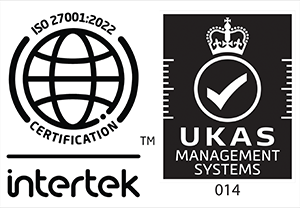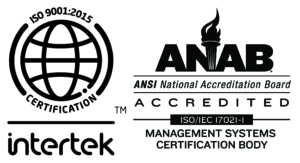Deever, Graham* and Rex Shed Light on the
“50 Shades of LDAR Gra/ey” at ISA Conference in Denver
Following up on the initiation of the project at the 4C Conference earlier in 2016, Deever, Graham and Rex helped to clarify the previous questions and proposed a new set of questions to the LDAR elite gathered at the Denver Tech Center for the 2016 ISA Conference.

If you would like to participate in this project (by suggesting relevant questions or offering your own insights on the current list) please contact Rex Moses at rmoses@ldartools.com. If you would like a copy of the Shades of Gra/ey Report, download below.






Please provide some feedback to the following:
In this presentation one of the issues was addressed as follows:
“If an NDE component leaks above 500, what do you do?
My question is:
Do you think they meant treat it like a normal component just for the repair, or treat it like a normal component for future monitoring?
Thanks
Greg
Hey Greg!
Thanks for the inquiry.
The heart of the matter on NDEs that have a failing PPM event (like 500 PPM) is that they weren’t supposed to have that happen. Most typically, the owner put them on NDE status in order to qualify for an Annual (rather than Quarterly) inspection frequency. Of course you have to repair it- but then what do you do? Can you leave it on NDE status (and therefore an annual frequency)? As you can see from the survey results, this is one where the “experts” were all in agreement that you had to remove the NDE designation even though 43% of the respondents didn’t.
The most important question is: do you know what you are doing when an “NDE leaks”?
This is also why our LDAR Database Manager, Chateau, is designed to send an automatic email to a responsible party the morning after any failing PPM event on an NDE component. So that they can confirm that they are responding in the most appropriate manner.
Great to hear from you. Hope this helps!
Rex Moses